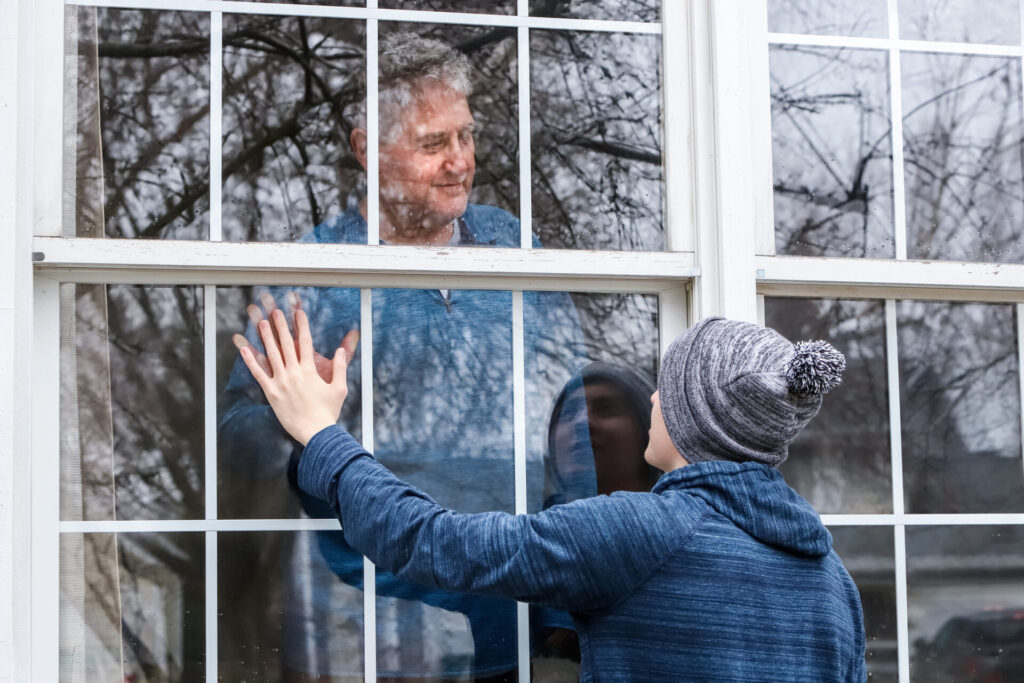
Mixed-use senior housing in a post-COVID-19 world
Market forces pushed mixed-use to the forefront; now it’s different
Just six months ago, we saw a continued meteoric rise — going on a decade — in interest in mixed-use development among those in the senior housing development industry. But today, with COVID-19 at the forefront of our minds, that interest has changed dramatically.
Mixed-use facilities, once seen as a benefit to both senior housing residents and the community at large, face an uncertain future. When everything is connected — from restaurants and cafes to workout facilities, libraries, shopping, health care centers and more — it’s become abundantly clear that some connectivity has the potential to speed the spread of a virus like COVID-19.
More, safer at home orders can complicate the operations of businesses within a mixed-use facility. These factors, paired with an at-risk population with possible complicating health conditions, mean it’s time to reimagine mixed-use senior housing. For some, this may mean new opportunities.
A changing senior housing market
As we have learned over the past several months, the COVID-19 pandemic is of particular risk to those who are immunocompromised and older people. More than that, the same population faces added uncertainty financially, with the volatility of the stock market, the housing sales market (when it’s time to move to senior housing) as well as possible impacts on retirement savings. Some baby boomers are even rethinking retirement due to market pressures. In short, many COVID-19-linked factors may impact the target market for mixed-use senior housing, as well as the very function and appeal of mixed-use housing itself.
Challenges for residents, owner/operators and commercial tenants
Owner/operators of existing mixed-use housing have a lot on their shoulders these days, as do tenants and residents. Commercial tenants may be forced to stay closed until viral spread abates and orders are lifted. They may also see a drop in business and a threat to their livelihoods, meaning keeping tenants and navigating lease challenges could become concerns. Also, attracting new residents in a down economy, especially those feeling uncertain about their financial outlook, may be difficult. Not to mention, those same demographics are likely concerned about living in a community environment with shared spaces amid COVID-19.
With so many factors at play here, the crystal ball is cloudy when it comes to predicting the future of mixed-use senior housing. In the short term, we expect developers and owners to back off the rush toward these senior living communities. And as our world slowly begins to right itself, it will likely be some time before we see such robust interest in mixed-use housing as we have over the past several years. When we do, we predict much thought will go into invested into how to maintain social distancing protocols, as well as how to fulfill the needs unique to a pandemic environment: convenience, safety and less interpersonal interaction.
Imagining the future of mixed-use senior housing
Despite the uncertainty the mixed-use senior housing market faces, we expect that some things will remain unchanged. The need to stay connected with our peers, to form and maintain friendships into our golden years, will endure. Keeping that in mind will help us write the next chapter of mixed-use senior housing so that it delivers what we all desire most while maintaining our collective health and safety.